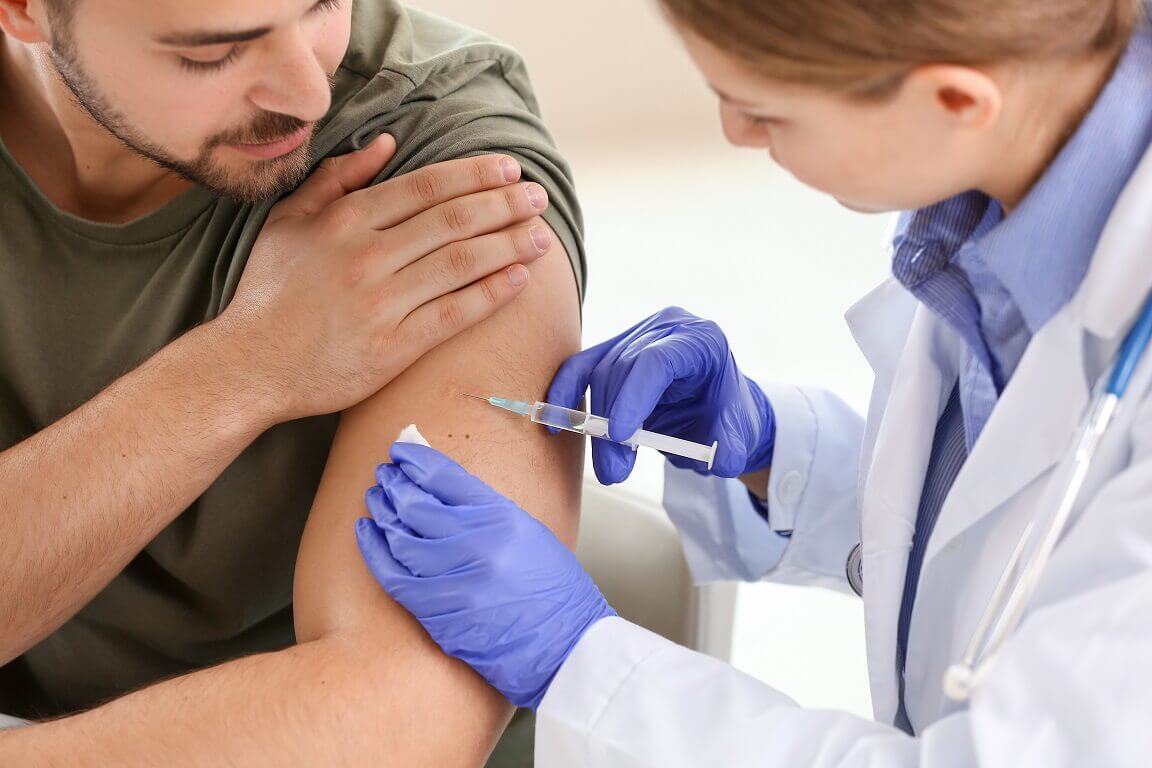Health leaders have suggested a second wave of coronavirus infections could occur in the winter. If this does happen, the first signs will appear in the Autumn.
That gives the UK a few months to prepare…
A second wave of coronavirus
What could the impact be?
A letter published in the British Medical Journal has warned UK ministers that urgent action is needed to ensure that there’s no further loss of life in the event of a second wave of infections in the Autumn.
There is no doubt that a second wave is a scary prospect for businesses. This could mean another lockdown, which means you’d once again be forced to shut. Staff could need to work from home. And, measures taken at the start of the year to facilitate homeworking will need to be repeated.
The furlough scheme is set to be wound down until October. The Government have been clear that they won’t extend it further. This means businesses may lose this financial help if a second lockdown was to take place. It seems likely that, in a second wave, the government will not provide as much assistance as they previously have. Instead, a focus on “localised lockdowns” seems to be the preferred option.
A sudden rise in infection rates could threaten your plans to get back to normal. Particularly if your business was shut through the duration of the lockdown. So, it is vital that all employers work to prevent a second wave, but also prepare for what they will do if one was to take place.
Hope for the best, plan for the worst.
How can I help prevent a second wave?
To help tackle the likelihood of this, organisations are being asked by the Government to:
- avoid face to face seating arrangements in the office by changing office layouts where applicable
- reduce the number of employees in enclosed spaces
- improve ventilation or ensure ventilation systems are working as they should
- set up protective screens and provide face coverings – eg face masks or shields
- put in place rules for managing social spaces – eg one person in a small kitchen at a time (or more, depending on the size of said kitchen space)
- provide hand sanitisers and surface cleaning wipes
- promote regular hand washing
- allow staff to work from home if it’s possible for them to do so. Or, change shift patterns to reduce the number of staff on duty at any given time.
Localised lockdowns: an indicator of the future?
You may not see the risk of a second wave in the UK right away. However, there have been reports of second waves in other countries. The US is a prime example. They hit their peak number of cases in mid-April. Afterwards, that number began to drop. Towards the end of June, the number of cases began to rise again, surpassing the figure in April.
On a smaller scale, there have been reports of localised coronavirus outbreaks in several countries—including the UK.
Localised lockdowns can relate to towns and cities such as Blackburn and Leicester. But it can also refer to single buildings. For example, a meat processing plant in Wales has found that almost 160 of its employees have been diagnosed with the coronavirus. This has brought into question the working conditions at the plant and production has since been halted.
Councils have also been given the authority to introduce “lightning” local lockdowns. Further indication that we’re likely to see sudden, quick lockdowns on a smaller scale.
The situation in Leicester. The incident at the meat processing plant. These are clear examples of what could happen if cases spike once again across the UK. Do your part to reduce the risk—follow proper procedures.
Expert support
If you need help setting up a safe environment at work, or are having trouble enforcing the new rules, speak to a Croner expert today on 01455 858 132.
Related resources
Categories
- Business Advice
- Contracts & Documentation
- Culture & Performance
- Disciplinary & Grievances
- Dismissals & Conduct
- Employee Conduct
- Employment Law
- Employment Rights Bill
- End of Contract
- Equality & Discrimination
- Health & Safety
- Hiring & Managing
- Leave & Absence
- Managing Health & Safety
- Moving
- Occupational Health
- Pay & Benefits
- Recruitment
- Risk & Welfare





